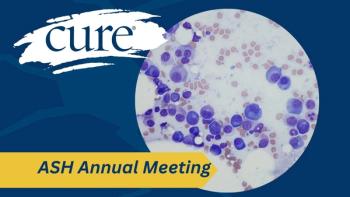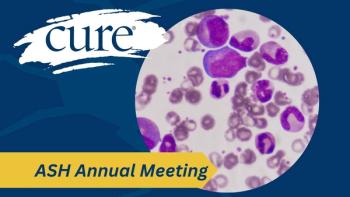
Overcoming Osteoporosis After Cancer Treatment
Lifestyle strategies and physical activity can improve bone mineral density for all individuals, including those that have had previous cancer treatment.
Osteoporosis is a common condition of low bone mineral density. The bones are porous and are prone to breaking. Osteoporosis occurs when an individual makes too little bone, loses too much bone or both. As children grow, they are continuously growing new bone mass and increasing their bone mineral density. Peak bone mineral density is reached in the early 20s and then slowly declines with age. Osteoporosis is a major risk factor for fractures and long term disability. Risk factors for osteoporosis in the general public include: female sex, increased age, postmenopausal women, low body weight, thin body frame and Caucasian or Asian descent.
Unfortunately, for individuals that have received hormone therapy for cancer treatment, research shows there is an increased risk of developing osteoporosis. Hormones have a naturally protective effect on bone mineral density, protecting the balance of new bone development and the breakdown of old bone cells. It is known that when hormone levels decline, there is a rapid increase in bone mineral density loss (hence an increase in osteoporosis for women post-menopause). Loss of bone mineral density, leading to early onset osteoporosis, is a concerning side effect of cancer treatment. Cancer treatment induced bone loss typically occurs in patients with breast, gynecologic and prostate cancers. As part of breast and reproductive cancer treatments, hormone deprivation therapy reduces hormonal levels. This hormone deprivation can negatively impact bone mineral density.
In a study published in 2015, researchers sought to evaluate the impact of cancer treatment on bone mineral density in the low back and upper leg of postmenopausal women with cervical or endometrial cancer (without bone metastasis) in comparison to the bone mineral density of typical postmenopausal women. Researchers retrospectively evaluated the bone mineral density at these sites through bone density radiography for all subjects. They found statistically significant differences between the cancer group and the control group of typical postmenopausal women. Their research suggests that cancer treatment can contribute to increased bone loss for postmenopausal women with these cancer types.
The good news is that lifestyle strategies and physical activity can improve bone mineral density for all individuals, including those that have had previous cancer treatment. It is important to begin a regular exercise program that focuses on postural stability and resistance strength training. Bones build new density by responding to healthy stresses. Healthy stresses are achieved through weight bearing activity and resistance strength training.
Weight bearing exercises such as walking, dancing and stair climbing are all appropriate for building new bone mineral density. Postural strengthening of the back and abdominal muscles will help to support the spine and reduce the likelihood of spinal fractures. It is important to practice good posture and avoid slouching to protect the bones of the spine from micro fractures. Resistance strength training builds strong muscles and builds new bone mineral density.
Strength training helps to prevent falls and improves balance. By improving balance, you are less likely to fall, reducing your risk of hip fracture. Begin resistance strength training utilizing weights, bands or body weight supported exercises.
Lifestyle modifications to protect your bone health include proper nutrition (including vitamin D and calcium), adequate hydration, smoking cessation, limiting alcohol and engaging in an active lifestyle. If you are concerned about your bone mineral density, consult your physician for a bone density scan.
Young Lim Oh et al. Changes in Bone Density after Cancer Treatment in Patients with Cervical and Endometrial Cancer. J Cancer. 2015; 6(1): 82-89.





